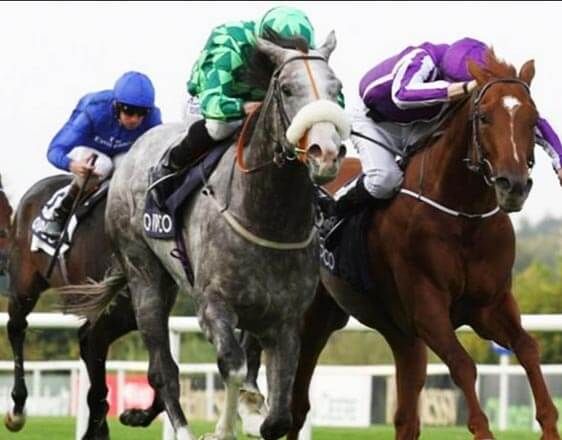The Importance of a Staking Plan
Every bettor dreams of consistent wins at the racetrack, but the reality is that losing streaks are inevitable. Even the most skilled handicappers face stretches where nothing seems to go right—bad luck, unpredictable outcomes, and photo finishes that just don’t fall your way. What horse racing betting sites separates successful bettors from the rest isn’t luck or knowledge alone—it’s the presence of a clear staking plan.
A staking plan is your financial strategy for betting. It determines how much you wager on each bet and how you adjust your stake as your bankroll fluctuates. Without it, even the sharpest analysis will fail over time. With it, you gain control over your losses, protect your capital, and give yourself the best chance to weather the storms that come with betting on horse racing.
Why You Need a Plan Before You Bet
Many bettors focus heavily on picking winners but give little thought to how much they should stake. Yet, bankroll management is where long-term profitability lives or dies. You could have a 40% strike rate and still go broke if your stakes are too high. Conversely, you can survive long losing spells with a sensible, disciplined staking approach.
A staking plan provides structure and keeps emotion out of your betting. Instead of reacting impulsively to wins and losses—betting more after a big win or chasing after a loss—you follow a steady, logical process. This consistency helps smooth out the inevitable ups and downs of racing outcomes.
Fixed vs. Variable Staking
There are two main types of staking systems: fixed staking and variable staking.
Fixed staking is the simplest and safest approach. You bet the same amount on every race, regardless of confidence or recent results. For example, if your bankroll is £1,000 and you decide to risk 2% per bet, you’d stake £20 on each race. This method keeps your exposure consistent and prevents emotional overreactions during losing runs.
Variable staking
on the other hand, adjusts your bet size depending on your confidence level or the perceived value of the wager. You might bet more on strong favorites or value selections and less on speculative outsiders. While this can increase profits during good runs, it also amplifies losses if overused. The key is discipline—only raise stakes when justified by clear, objective analysis, not emotion.
Surviving the Losing Streaks
Losing streaks test every bettor’s patience and discipline. When several bets fail in a row, the instinct is to double up to recover losses quickly. But that mindset is exactly what destroys bankrolls.
A well-designed staking plan prevents panic by limiting how much of your total bankroll is at risk at any given time. Betting just 1–3% per race ensures that even a 10-race losing streak doesn’t wipe you out. If you lose 10 consecutive 2% bets, your bankroll falls by only about 20%—a setback, but one you can recover from. Without such limits, a few rash decisions can lead to financial collapse.
The key to surviving losing streaks is patience. They end eventually, and a steady staking plan ensures you still have funds available when fortune turns in your favor.


